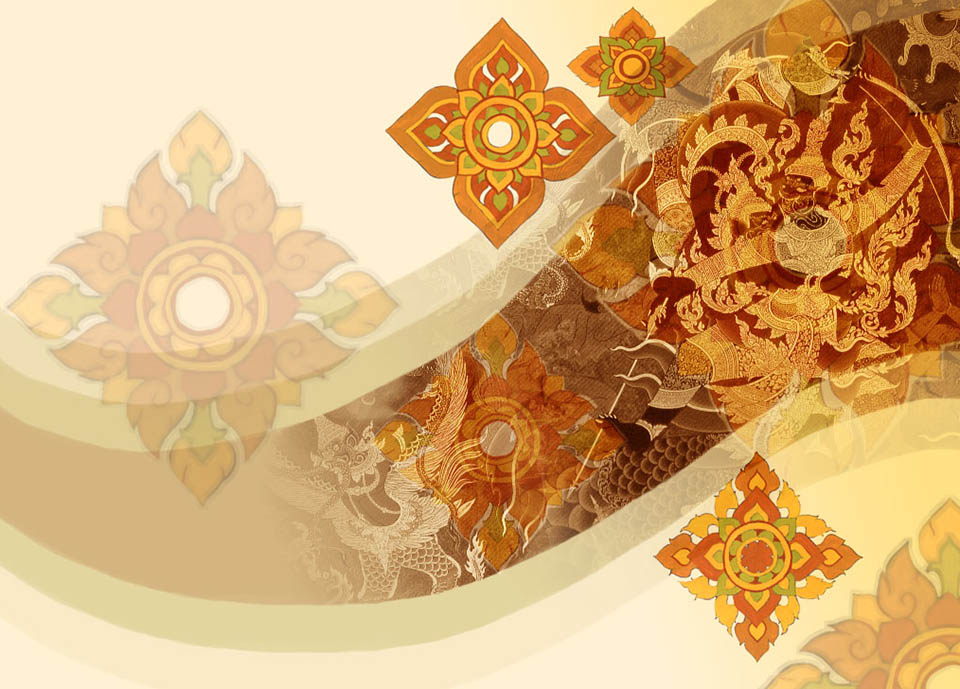Buddhism is arguably not a Religion as such; rather a philosophy of life.
What is known in the present Day as Buddhism, started of course about 2550 years ago,with the appearance of a sage known as Siddhattha Gotama, otherwise known as the Buddha Sakyamuni.
Buddha, or Buddho can be roughly translated as “The Awakened one”.
Siddhattha Gotama in Pali (or Siddhartha Gautama in Sanskrit), was born in Lumbini in Nepal, roughly between the years 400 and 480 BC.
He was the son of a powerful member of his clan and held the approximate status of a prince. He lived in his father’s palace protected and oblivious to the sufferings that were at large in the wide world.
At the age of twenty-nine, he decided to leave the palace, his life of pleasure and comfort, and become an Ascetic, in order to find the solution to end all suffering. He studied under several famous Yogis for many Years until he became tired of the Hindu caste system and the principles of Indian ascetism and left the group, consquently losing all his followers too.
Instead he continued his search for truth through the practise of meditation.
Eventually, he reached the realisation of Enlightenment During a short period of time, Buddha established a reputation in western Hindustan by converting thousands of people to the Dhamma
The Practise of Dhamma is the way of life, and looking at life that is practised by Bhuddhists.
Dhamma/Bhuddhism, is the basically practise of “Mindfulness” (trying to be constantly aware). Mindfulness of ones actions, thoughts and reactions/feelings, along with meditative practise to increase the quality of mindfulness, leads to Insight. Insight removes suffering by recognizing the causes/roots of our sufferings (craving). The basic practise of the Good Bhuddhist is the “Eightfold Path”. The Eightfold Path is considered a perfect and complete system to attain liberation from suffering and it’s causes and reach Nibbana (Enlightenment). The only problem is, that is extremely difficult to maintain awareness/mindfulness of one’s thoughts speech and actions without losing one’s attention with all the outer distractions
.

This reflects how we can be affected by or influence the outside world in three ways/worlds.
In Thai we use the words “manoegamm, Wajeegamm and Gaiagam” to classify the three levels of partaking of karmik action (creating causes and effects). Manoe means mind, Wajee means speech, and Gaay/Gaaya means body. Gamm means karma – which we in the west seem to imagine as some kined of Cosmic retribution process to punish our ill deeds and reward our good deeds.
In fact, the word karma, or “Gamm” in Thai, means “Action/reaction” – any kind of action is a kind of gamm/karma the cause of a future result, and also the result of a previous cause. This is the law of cause and effect in motion, and the root of our endless wandering through Eternity as unenlightened beings in Samsaric existence – which is suffering and illusion.
